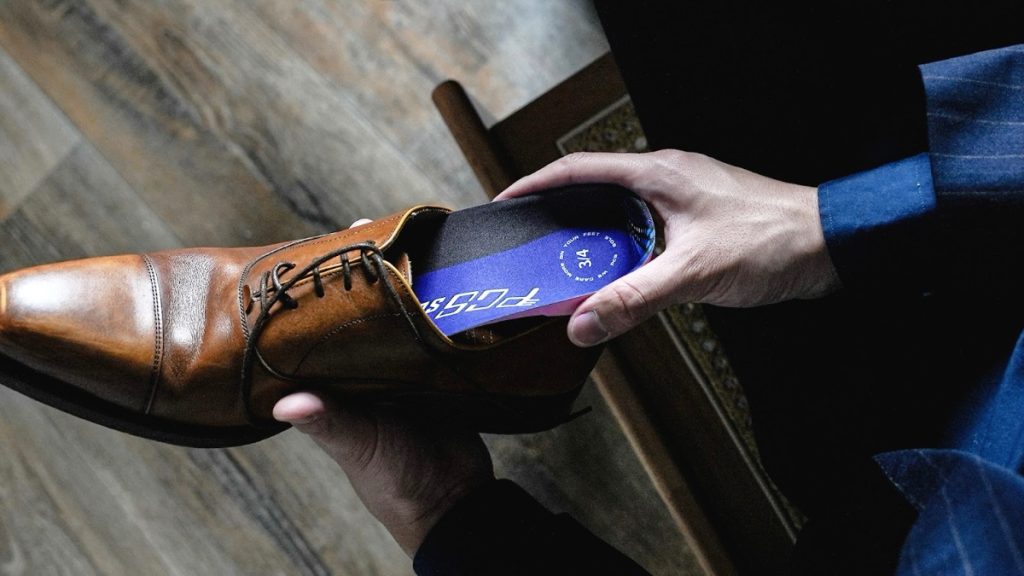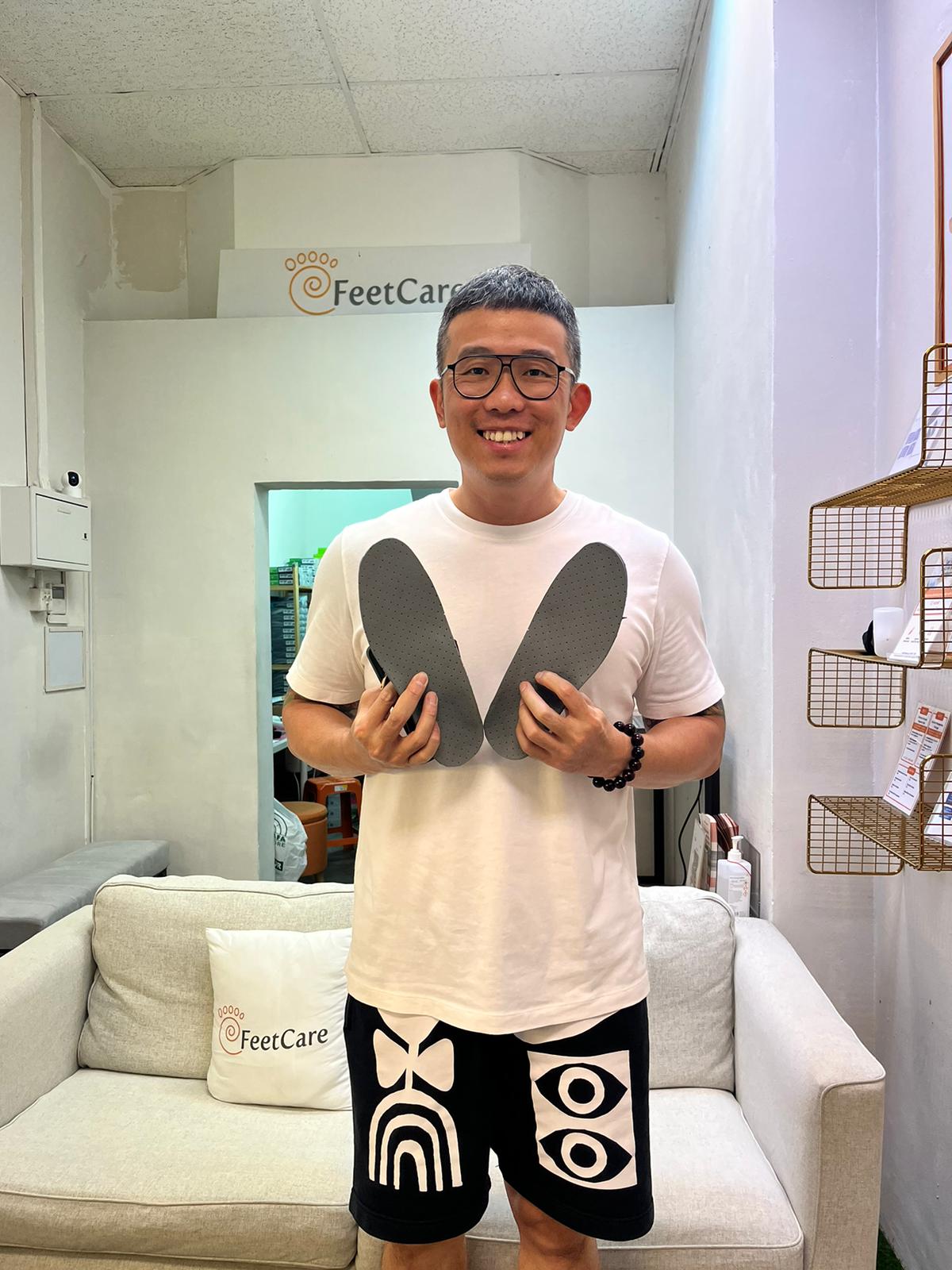1. Wearing Shoes

Slippery floors can lead to falls. Wearing shoes while in the house can significantly offer additional traction. Socks that have non-slip bottoms are also valuable since they provide extra grip. You can use these types of socks if you feel uncomfortable after wearing shoes for an extended period. The type of shoes worn by a person can also make a significant difference. It is advisable to avoid soft sleepers and high heels. Instead, opt for the well-fitting shoes that have supportive soles. Wearing the right type of shoes is recommendable as it can meaningfully lower the chances of falling.
2. Regular Exercises

Working out is one of the leading things that oldies can incorporate in their lifestyles to minimize the risk of falling. Exercises help improve a person’s balance, flexibility, and condition. A senior citizen should engage in low-impact workouts several days of the week for a minimum of half an hour. Some of the examples of low-impact exercises include walking, swimming, and Taichi. Besides, some physicians may recommend a person to take part in physical therapy. Physical therapists are known to give users personalized exercise programs.
3. Check their Health Conditions and Eye Checkup

You should assess whether your older loved one is undergoing any issues when it comes to managing their own health. Is the person having difficulties remembering to take their medicines or is the person encountering side effects? Has it become challenging performing things they used to perform efficiently?
If your older relative or friend wears glasses, you should ensure that they have the current prescription and they are using the glasses as recommended by their medic. Always remember that using tint-changing lenses can be dangerous when moving from bright sun into darkened homes or rooms. A golden rule is to stop until the lenses adjust correctly or change the glasses upon entry.
4. Carry Out A Walk-Through Safety Assessment At Home

There are numerous inexpensive and simple ways to ensure that your home is safe. For professional help, you can always get in touch with an Occupational Therapist. Some of the things to consider are listed below;
• Lighting– you should increase lighting all through the house, particularly at the top and bottom of stairways. You should ascertain that light is freely available in case the senior citizen wakes up at midnight.
• Stairways– ensure that there are at least two secure rails on all stairs.
• Bathrooms– install grab bars in the shower or tub as well as near the toilet. It is essential to install them where the old person would indeed use them. For additional safety, you should consider using a hand-held shower and a shower chair.
5. Using Assistive Devices
There are a couple of devices that can help make it easier for old people to get around at home. This includes devices such as walkers, canes, as well as personalized shoes. You can also get a medical alert device for your senior citizen to lower their fear of falling down as well as give them peace of mind. In case they fall, they will only have to press a button, and then an emergency monitoring person will get an instant notification, and respond to the emergency accordingly.
While it’s seen as the safest place around, homes can be dangerous too, especially to the old people. Falls around the house can even be fatal. Following the above tips can significantly minimize the risk of an old person falling.




